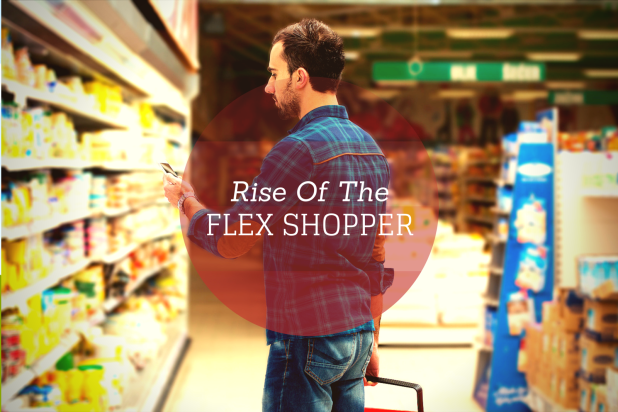
Technology has changed the way customers interact with brands, from the way they research products, to the devices they use to make purchases. A new report from comScore shows just how much technology has impacted today’s shopping experience. The report highlights the emergence of the “flex shopper,” which refers to the many consumers today who switch seamlessly between brick-and-mortar and online stores (aka omnichannel), moving from a laptop to a smartphone to a tablet throughout the product evaluation and purchase process.
In response to these changes, brands must find a way to provide a consistent shopping experience that encourages customers to move from store to electronic device. And it’s important to remember the period after the sale too. Customers should have the ability to return items both online and in store with minimal effort and expense. The report shows that businesses must reevaluate their mobile experience to make sure it caters to the flex shopper.
A Mobile-Friendly Site Improves Your Visibility
The pressure is on for brands in all industries to create a mobile-friendly experience. Google recently announced that on April 21st, mobile-friendliness will be a ranking signal. If your site hasn’t yet been optimized for mobile, this means as of April 21st you may find a dramatic drop in search results for your business. If you aren’t sure how well your site performs on mobile, Google offers this test that tells you whether Google sees your site as mobile friendly or not. It even displays a preview of how your site looks on a mobile device.
If you’re using a website design tool, check to see if a plugin is available. Services like Wix allow you to design the mobile version of your site within the interface. WordPress users can either choose a responsive design or use a plugin. If you’ve used a site like Shopify to build your store, you already have access to a free, built-in mobile commerce site that will allow users to check out directly from their devices.
Creating a Seamless Experience
Designing an experience that appeals to today’s flex shopper is just one of the many changes retailers must make to keep up with modern technology. Here are three highlights from the study that demonstrate other changes retailers must make in order to remain competitive.
- Alternative Delivery Options — When a customer considers purchasing an item online, that customer now expects a variety of delivery options, including picking it up locally and having it affordably delivered to his or her mailbox.
- Convenience and Capabilities — For a while, the industry has realized the benefits of free shipping on attracting sales. With brands like Amazon and Walmart eyeing local delivery, all businesses will be pressured to merge the online and in-store experience.
- Site to Store—Returns and timeliness are more important than ever to customers. Not only do they want the option of picking up an item up nearby, but they now expect the ability to return it, whether that means shipping it at little cost or dropping it off at a local store.
In order to remain competitive, brands must understand their customers, providing all the conveniences they expect. As big-box retailers begin increasingly dominating both the local and online space, businesses of all sizes will have to step up their game. This means providing a pleasant shopping experience both in store and online.



